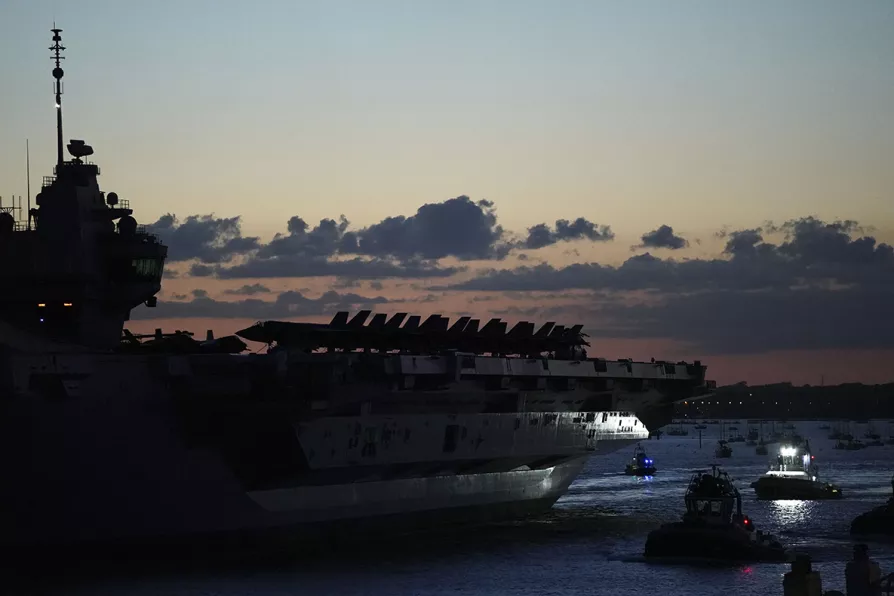The long-term effects of chemical weapons such as Agent Orange mean that the impact of war lasts well beyond a ceasefire

 HMS Queen Elizabeth departs HM Naval Base, Portsmouth
HMS Queen Elizabeth departs HM Naval Base, Portsmouth
THE HMS Queen Elizabeth aircraft carrier strike group is due to set off on its maiden voyage heading towards the South China Sea.
The biggest military deployment in decades, the voyage is symbolic of Britain’s future direction for the next generation — a clear demonstration that Global Britain with its Indo-Pacific tilt is being military-led.
There’s a certain air of imperial vanity about all this — a delusional fantasy singing to the tune of right-wing nationalism.

From 35,000 troops in Talisman Sabre war games to HMS Spey provocations in the Taiwan Strait, Labour continues Tory militarisation — all while claiming to uphold ‘one China’ diplomatic agreements from 1972, reports KENNY COYLE

JENNY CLEGG reports from a Chinese peace conference bringing together defence ministers, US think tanks and global South leaders, where speakers warned that the erosion of multilateralism risks regional hotspots exploding into wider war

While Trump praises the ‘successful’ attack on Iranian nuclear sites, the question arises as to the real motives behind this escalation. MARC VANDEPITTE explores the issues

In the first half of a two-part article, PETER MERTENS looks at how Nato’s €800 billion ‘Readiness 2030’ plan serves Washington’s pivot to the Pacific, forcing Europeans to dismantle social security and slash pensions to fund it










